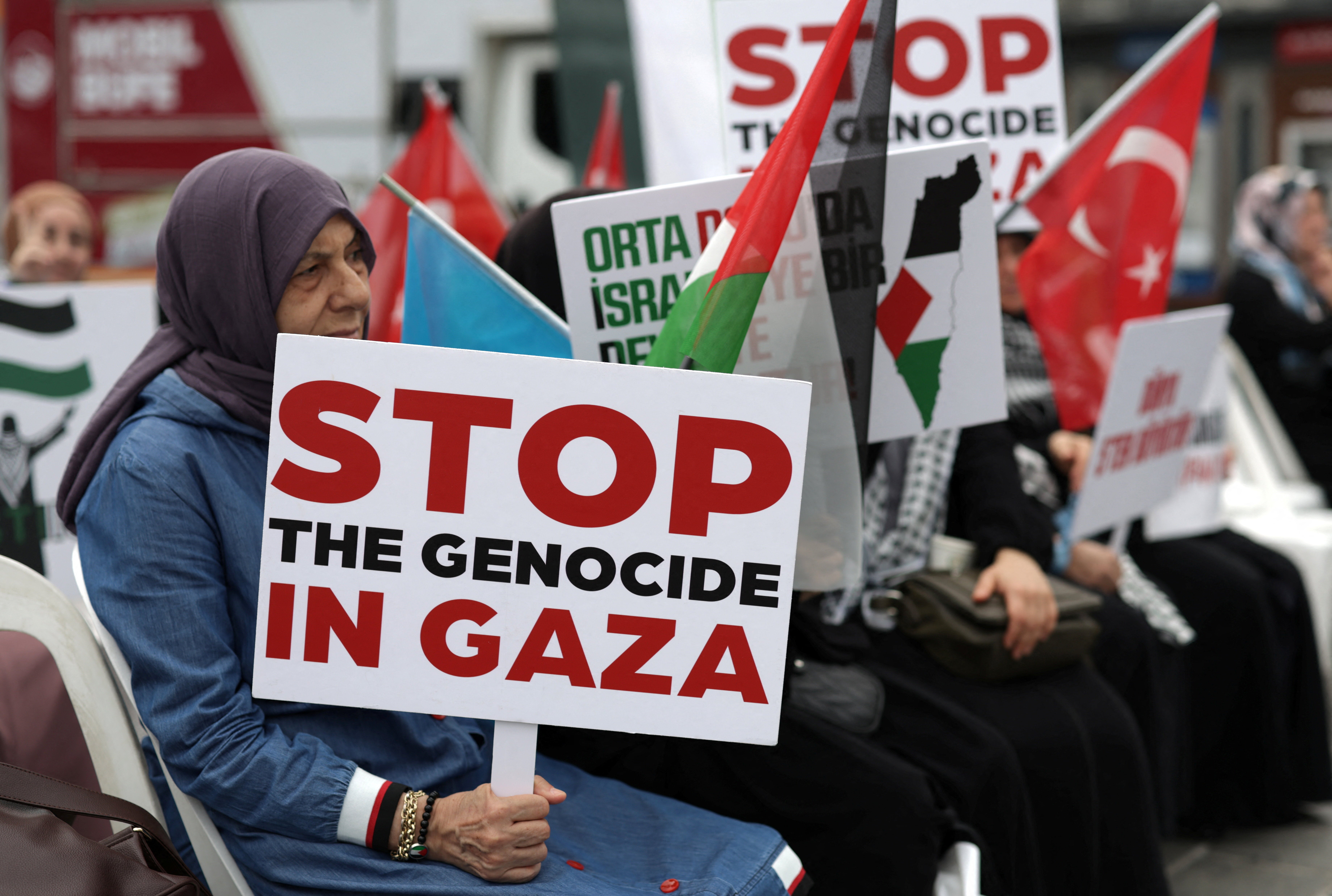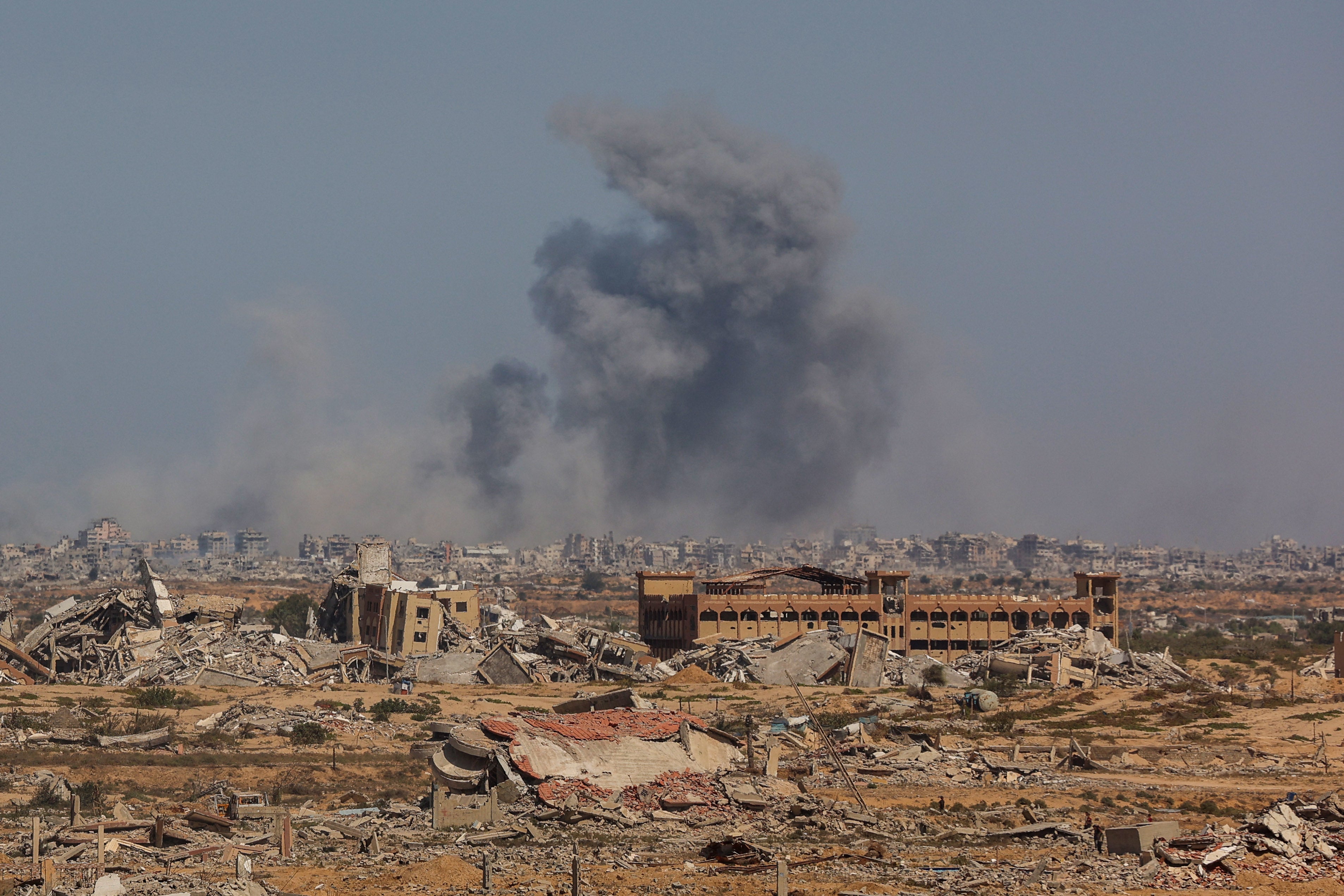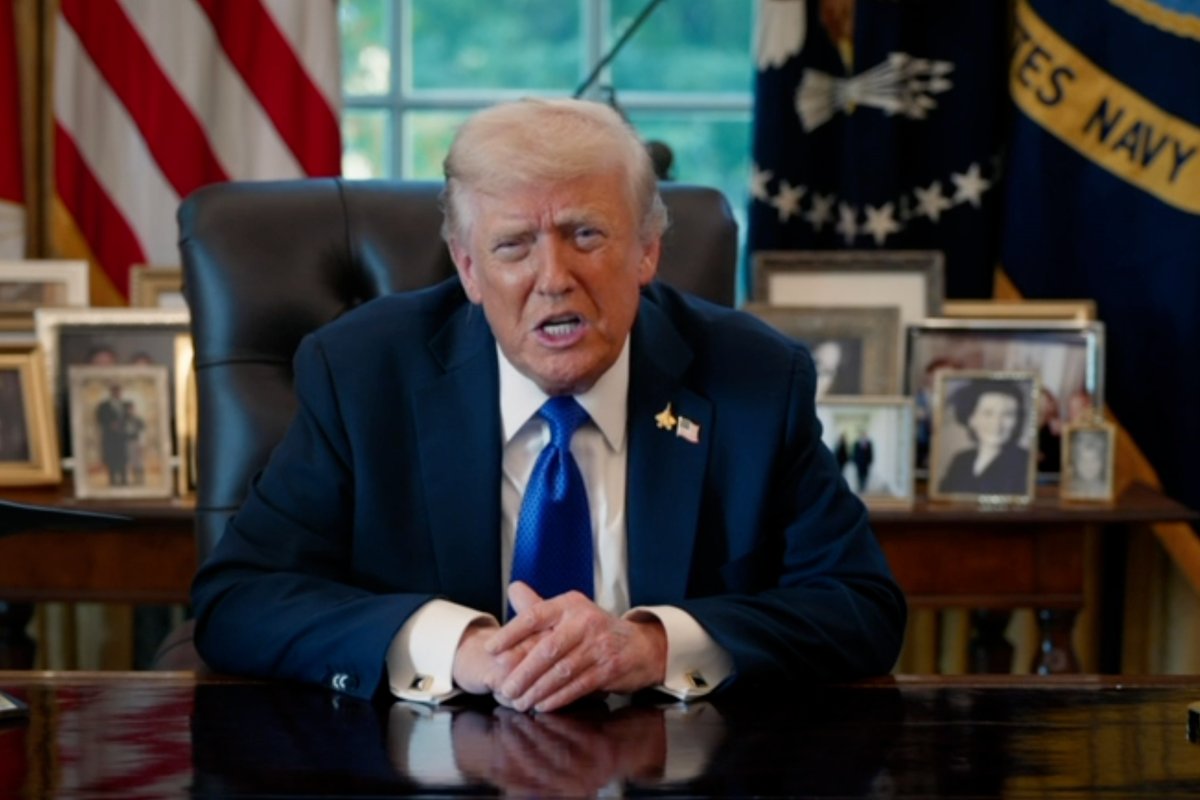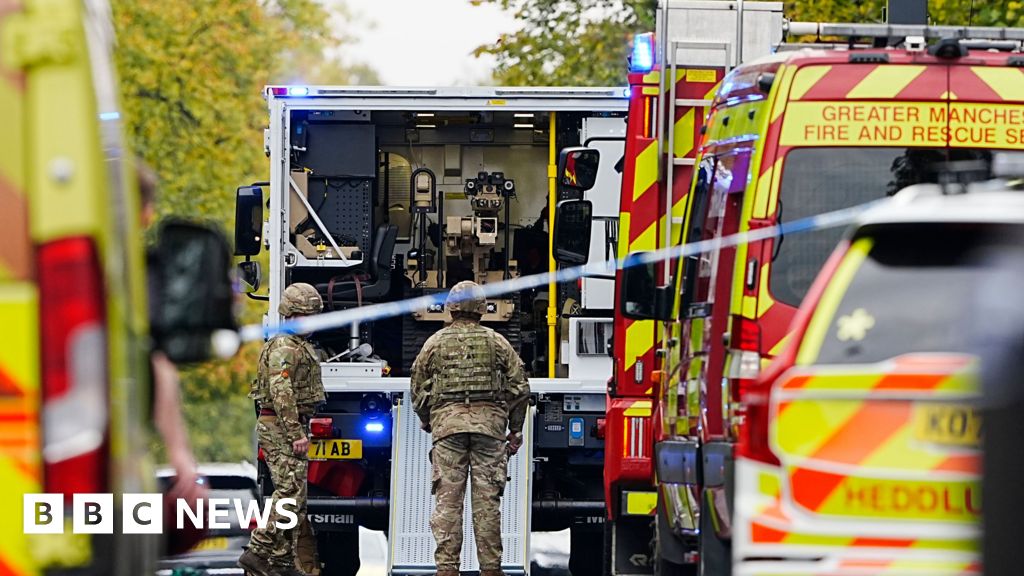Friday night brought flickers of what almost everyone – bar Benjamin Netanyahu’s extreme right, war-mongering cabinet ministers – has been desperate for. News of a ceasefire, and a possible plan to free Gaza from the slaughterhouse it has become over the last two years.
Hamas tentatively welcomed Donald Trump’s efforts, as well as those of the international community and Arab states, to end the devastating war.
The militant group, responsible for the bloody attacks on 7 October 2023, agreed to release all the remaining 48 hostages – both dead and alive – “according to the exchange formula” in Trump’s 20-point plan.
This, they added, would be done “in a manner that achieves an end to the war”.It followed Benjamin Netanyahu’s endorsement of Trump’s plan last week, albeit with his own interpretations.
So, is this the moment millions have been dreaming of and campaigning for? The end to mass slaughter in Gaza? To the two-year-long nightmare for the families of Israeli hostages and captives? The end to a region-wide war that has pushed the world to the brink?

Trump, who has campaigned as the peacemaking president and has eyed up the Nobel Peace Prize – certainly thinks so: “Based on the statement just issued by Hamas, I believe they are ready for a lasting PEACE. Israel must immediately stop the bombing of Gaza, so that we can get the hostages out safely and quickly! This is not about Gaza alone, this is about long-sought PEACE in the Middle East,” he wrote on Truth Social.
The devil, however, is (as always) in the detail. And so far, neither Netanyahu nor Hamas has agreed to every specific point in the plan. Instead, both have publicly declared their own interpretations of the proposal and vowed to support that.
The problem is that the 20-point plan is vague. So vague, in fact, that it has allowed Trump, Netanyahu, Hamas, and key figures in the region to effectively release and promote their own interpretations of it.
The statements accompanying each endorsement paint such entirely different pictures, you wonder whether they were even looking at the same document. And this, I fear, will be the issue when it comes to actually trying to implement it and achieve much sought after peace.

For a start, Hamas said this evening that it would be willing to hand over all the hostages and captives within 72 hours, a significant breakthrough -adding that it would immediately be open to discussions on the details.
Responding to Trump’s plan, it welcomed the “full withdrawal” of Israeli from the Gaza Strip, the exchange of Palestinian prisoners, the immediate entry of aid, the rejection of the occupation of the Strip, and the rejection of the forcible displacement of Palestinian people.
Hamas also said it was willing to hand over administration of Gaza to a Palestinian body of independent technocrats, as outlined in Trump’s document.
But crucially they also said that Hamas would remain part of the Palestinian “national frameworks” and would contribute “with full responsibility”. In other words, Hamas is not going to simply disappear.
Pouring fuel on the fire is the fact that Trump’s plan contains no provisions or guarantees for the creation of a Palestinian state.
Instead – somewhat confusingly – it states that after the removal of Hamas, if the internationally recognised Palestinian Authority in the West Bank is “reformed” enough to be allowed back into some role of power, then “the conditions may finally be in place for a credible pathway to Palestinian self-determination and statehood”.
But again: no guarantees. At the press conference announcing the plan last week, Netanyahu jumped on this. He said he welcomed Donald Trump’s rejection of a Palestinian state, and added that recognising one would, in the context of the October 7th attacks, “reward terrorists, undermine security and endanger Israel’s very existence”.
He also added a few more caveats, including to the PA’s “reform” that are not listed in Trump’s 20-point proposal –such as ending “lawfare” against Israel at the International Criminal Court and International Court of Justice (in other words, impunity), stopping incitement in the media, and the PA recognising a “Jewish state”.
Once again, we’re looking at interpretations of a vague text that directly contradict one another.
The question remains: can these disparate statements – cherry-picking and interpreting different aspects of the vague 20-point plan – translate into meaningful, long-term peace?




